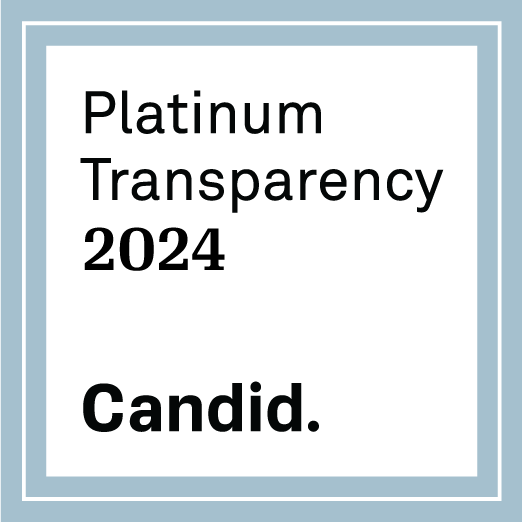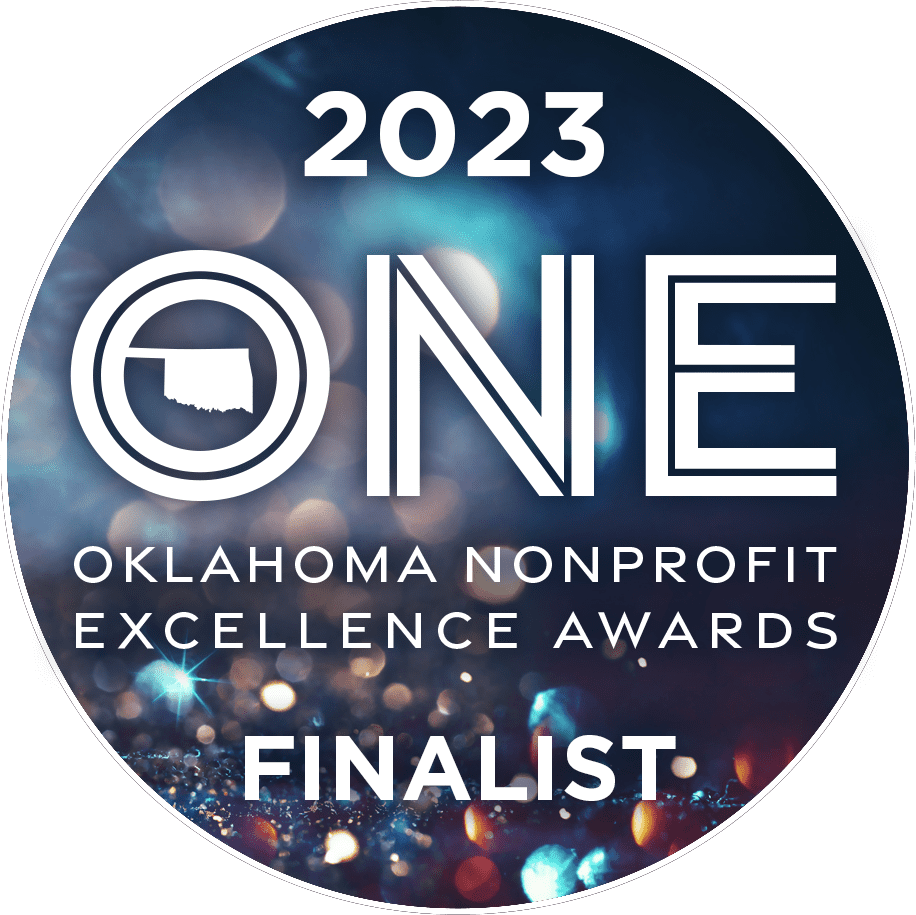[x_alert heading=”A New Hope for STEM Across Oklahoma” type=”warning” close=”true”]This letter is the 2nd in a series exploring how Tulsa Regional STEM Alliance and our partners ensure that every student, every educator, and every community member knows they belong and are valued members of the STEM community. Over the next few months, we’ll explore how our Alliance is protecting, engendering, and advocating for the right of every child, family member, community member, and educator to truly believe they belong in STEM.
[x_button shape=”rounded” size=”regular” style=”background-color: #0496a9; color: #ffffff; font-family: ‘poppins’, sans-serif;” float=”none” href=”https://tulsastem.org/desk-june-23/” info=”none” info_place=”top” info_trigger=”hover” target=”blank” block=”none”]Read Part 1[/x_button]
[/x_alert]
Part 2: Hope Without a Plan is Just Wishful Thinking
In my life, I have experienced many wonderful things that I attribute to a combination of good planning and serendipity. This has led me to ponder whether a grand plan is unfolding on my behalf, guiding me toward these positive experiences. It dawns on me that perhaps these outcomes are not purely coincidental but rather the result of careful planning.
This notion holds true for many aspects of life. Whether it’s blueprints, lesson plans, engineering designs, or experiments, a good plan plays a crucial role. Of course, I don’t disregard the value of spontaneity, as an excellent teacher can embark on a captivating learning journey with curious students. Nevertheless, a well-thought-out plan significantly contributes to success.
One peculiar observation stands out when examining the ACT and SAT data, which are increasingly scrutinized. In Oklahoma, 50% of students are interested in pursuing STEM careers. However, for every three interested students, only one meets the ACT benchmark in math and science. This disheartening data becomes even more distressing when considering the striking disparity between students of color and their white counterparts. For every Black, Hispanic, Native American, or Pacific Islander student meeting the benchmark, between 5 and 7 white students achieve the same.
This realization pains me deeply. We have instilled hope in numerous students, particularly those from marginalized communities, that they can pursue careers in STEM. However, we have failed to adequately prepare them to turn this dream into a reality. While these students possess a plan, the question remains: Do we?
More Powerful, Less Fun
In STEM education, whether in school or beyond, there is often an emphasis on making the learning experience enjoyable. Countless students and adults have expressed frustration and self-doubt in mathematics and science. Consequently, the prevailing remedy for these common challenges is to infuse more fun into STEM education. However, fun alone is insufficient.
Have you ever heard someone say, “They were having so much fun that they didn’t even realize they were doing STEM”? I must admit that I have. Yet, in light of the ACT data, I have come to recognize the problematic nature of this seemingly harmless statement. Could it be that this sentiment perpetuates the existing disparity? It is worth critically examining the idea that fun STEM is a comprehensive solution.
So, what else should we strive for in STEM learning experiences? What goals should we set to genuinely inspire and prepare our students? At Tulsa Regional STEM Alliance, we firmly believe that excellent STEM experiences should both inspire and prepare students. When we consider preparation, we aim to advance disciplinary knowledge and strengthen 21st-century skills.
While I struggle to find the precise word to capture this idea, for now, I’ll use “powerful.” Imagine how our perspectives change when we consider the requirements for an experience to be labeled “powerful.” Picture saying, “Students had such a powerful experience that they not only had fun but also actively learned, articulated their knowledge, demonstrated how they applied it, and explained why it mattered.” A student who undergoes such an experience isn’t just engaging in fun STEM activities; they are developing competence in STEM that empowers them to pursue their goals.
Upgrading Learning Experiences
As students begin to plan their futures, it is our responsibility, whether they realize it or not, to create and execute plans that enable them to achieve their aspirations. We must rise to this challenge.
As an Alliance, we have a unique opportunity to recognize that fun alone is inadequate. We must strive for more. Our students deserve more. The first step for individuals, teams, or organizations is to differentiate between fun STEM and powerful STEM, committing to tangible actions that enhance the quality of their plans.
You may perceive a disconnection between these thoughts and the need to discuss belonging, as introduced in Part 1. However, I contend that they are interconnected. When we strive to foster a sense of belonging for students in our classrooms, it is crucial that they have the opportunity to be their authentic selves during the learning experience. Likewise, we owe it to them to be fully authentic in how we present STEM. Authentic STEM is not merely entertainment; it can be entertaining, of course. However, if we limit students to only fun STEM experiences, we leave them with hope but no concrete plans to pursue the STEM careers we have worked diligently to inspire them about.
In conclusion, while hope is essential, it is incomplete without a well-executed plan. In the realm of STEM education, relying solely on fun is insufficient. We must create authentic and powerful STEM learning experiences that inspire and prepare students for success. By upgrading our plans and committing to tangible actions, we can ensure that students have the tools and knowledge to pursue their goals confidently. Let us seize this opportunity and give our students the STEM education they deserve.
[x_button shape=”rounded” size=”regular” style=”background-color: #0496a9; color: #ffffff; font-family: ‘poppins’, sans-serif;” float=”none” href=”https://airtable.com/shrXIbyFQzxr03JMG” info=”none” info_place=”top” info_trigger=”hover” target=”blank” block=”true”]Join the Conversation[/x_button]



